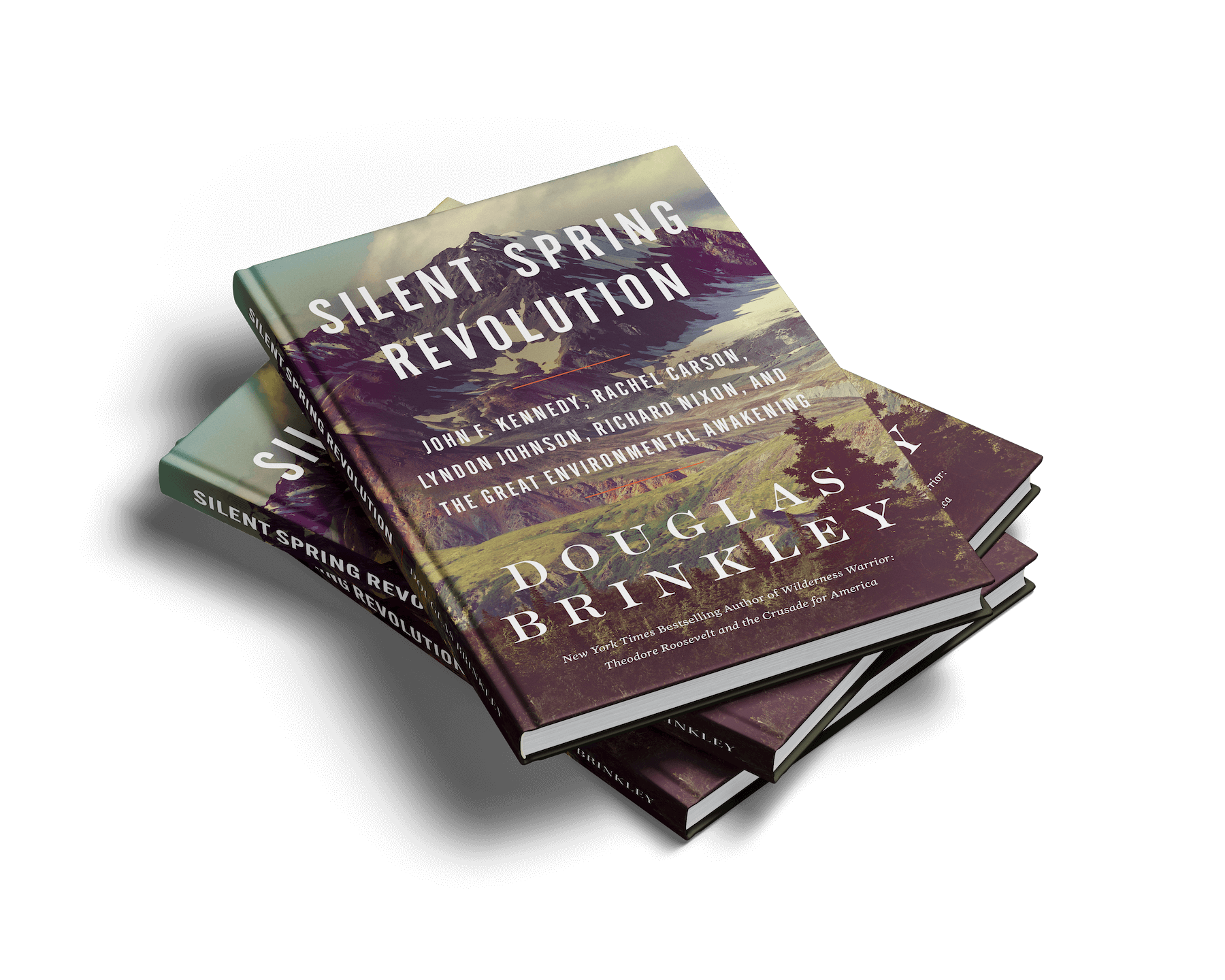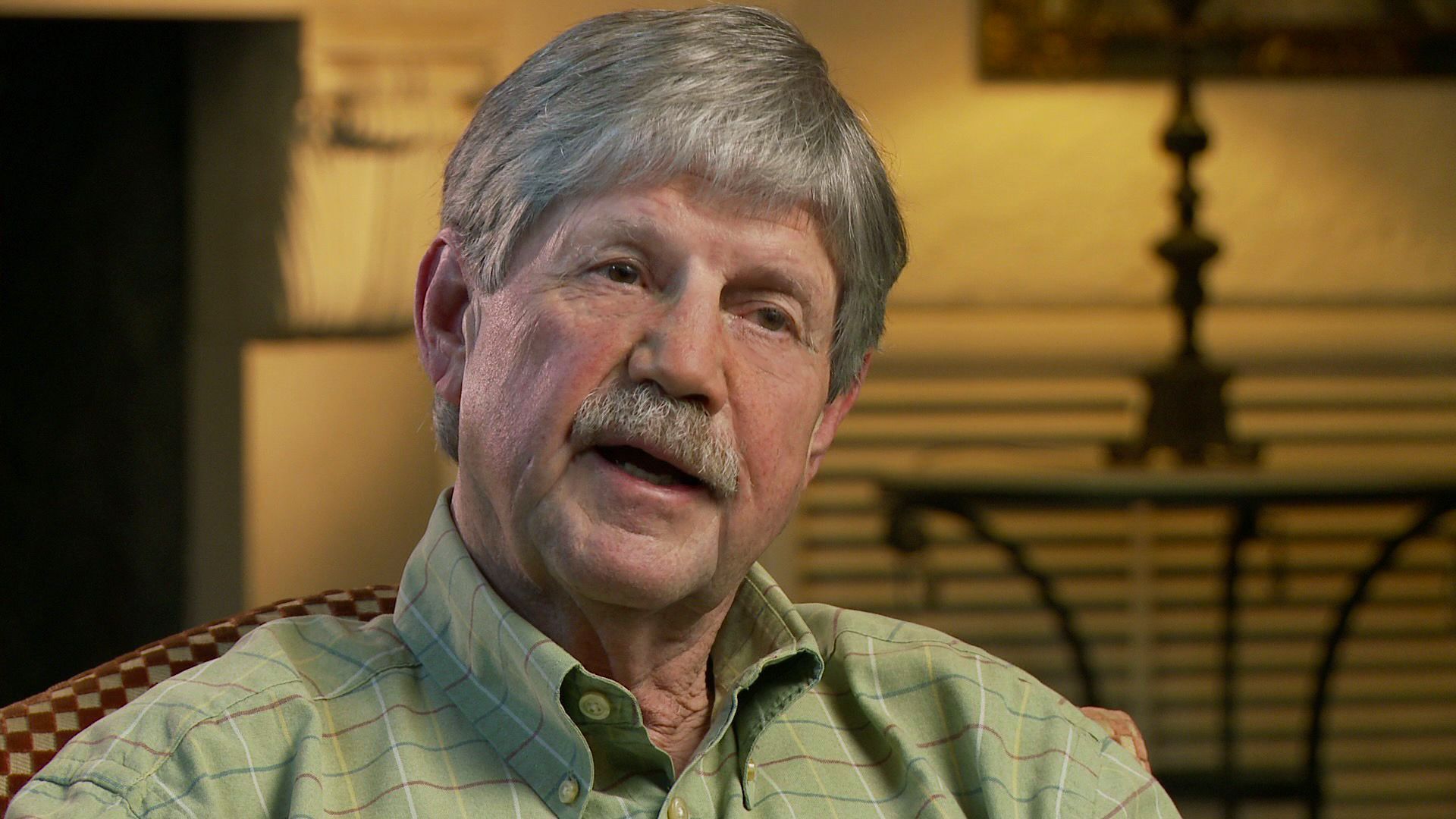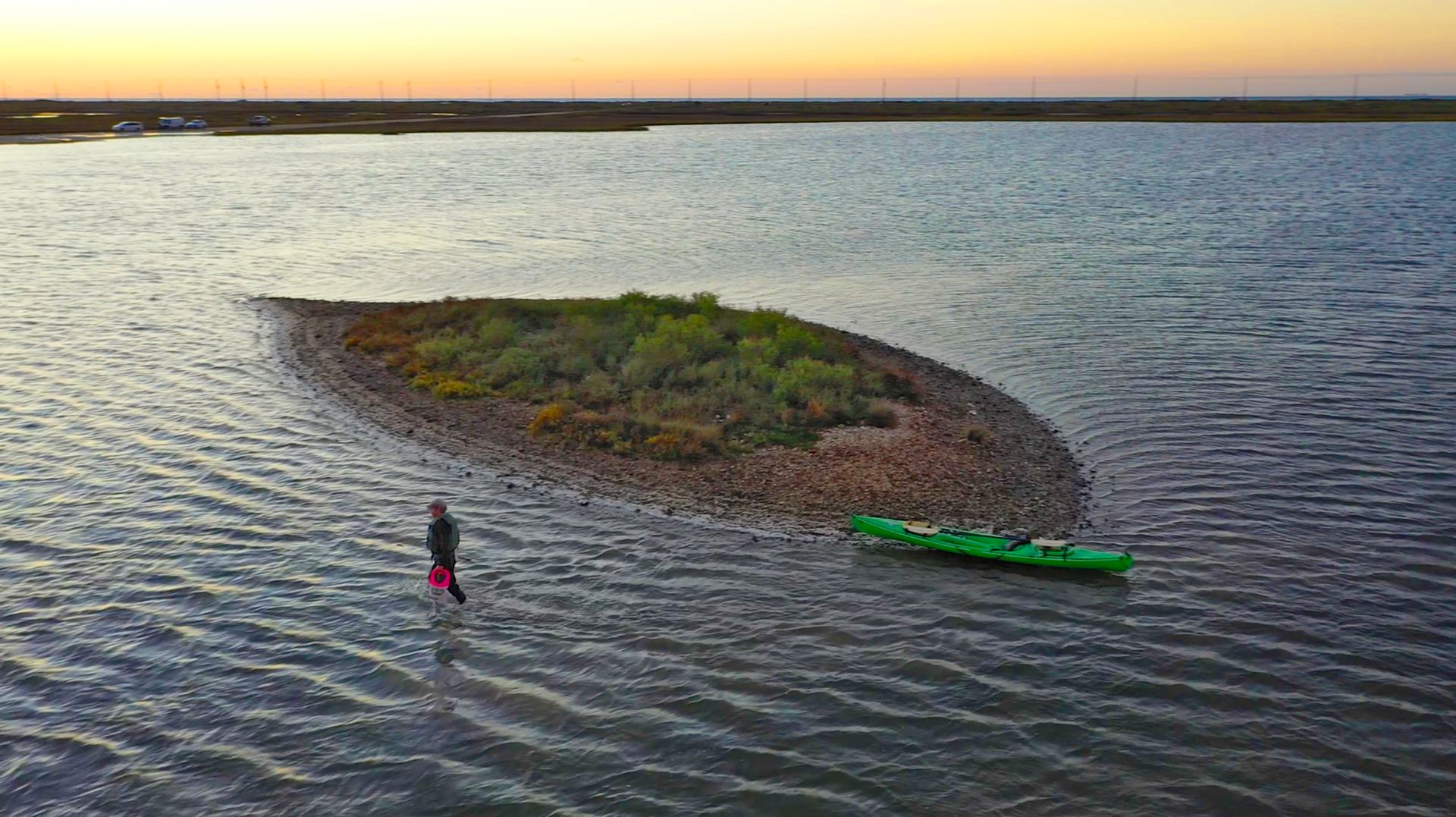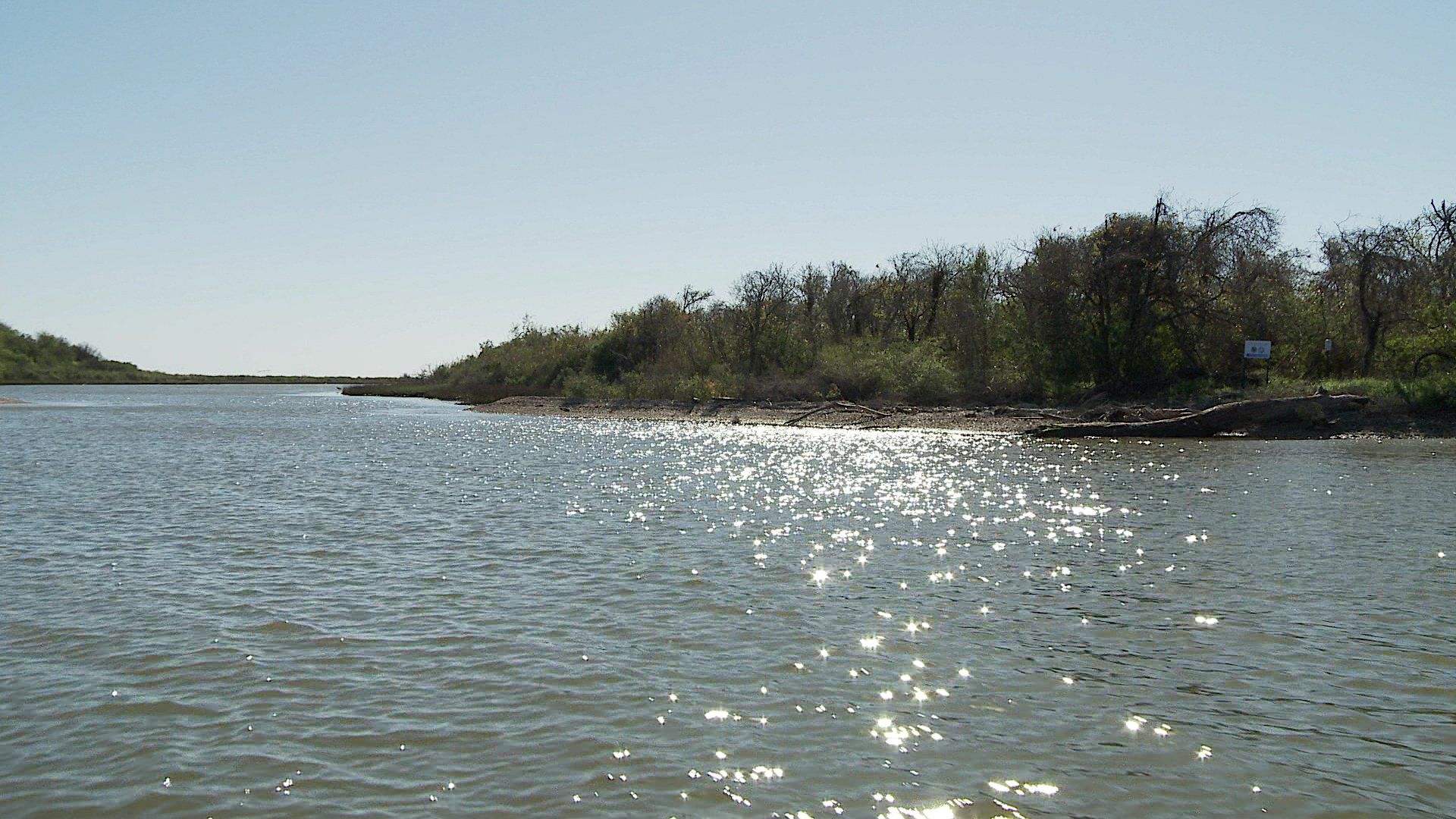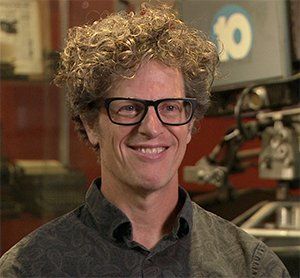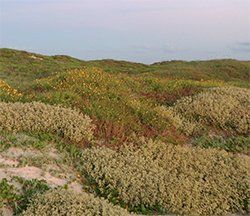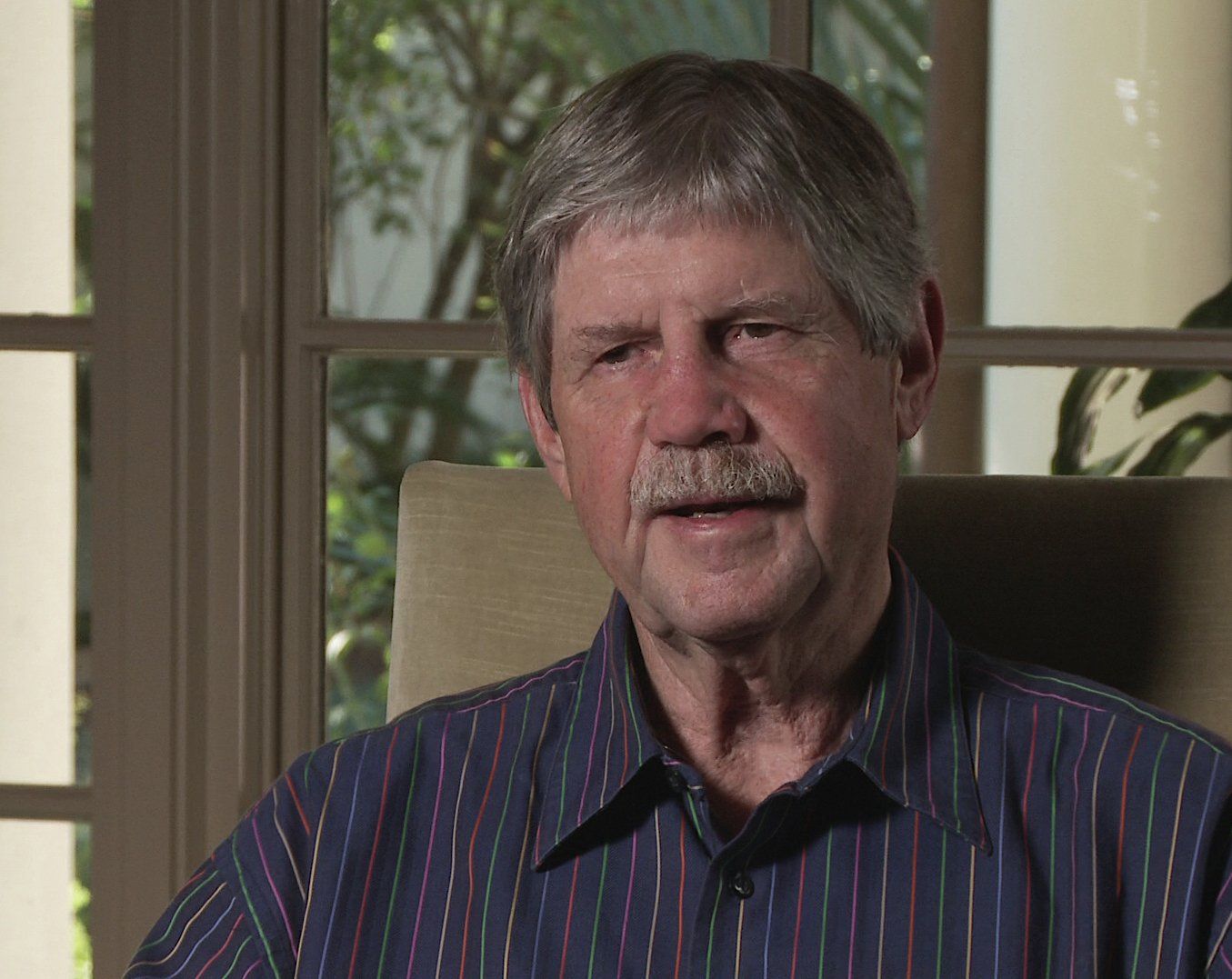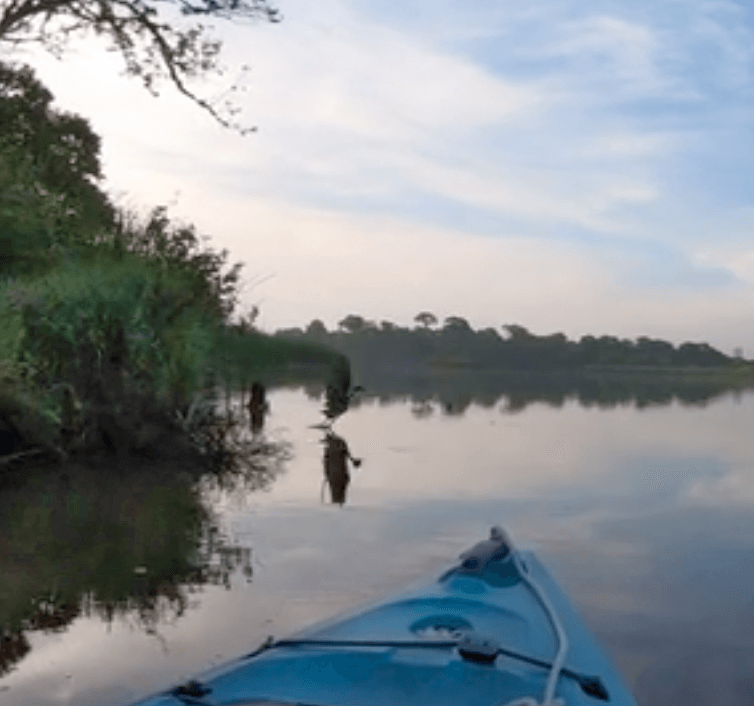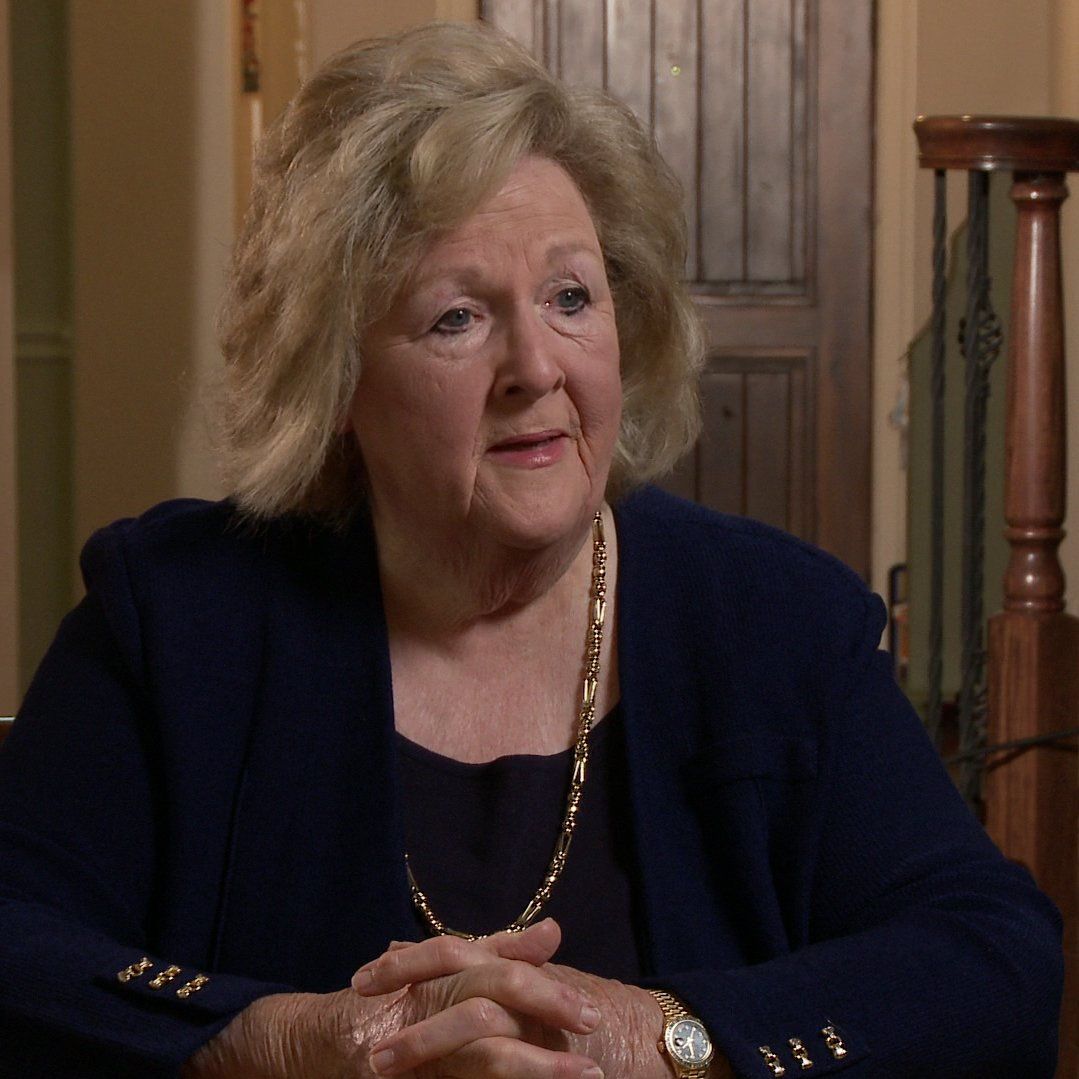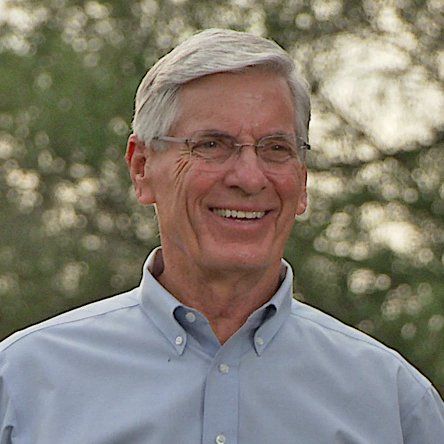Interview: Douglas Brinkley
Is Jim the next environmental revolution?
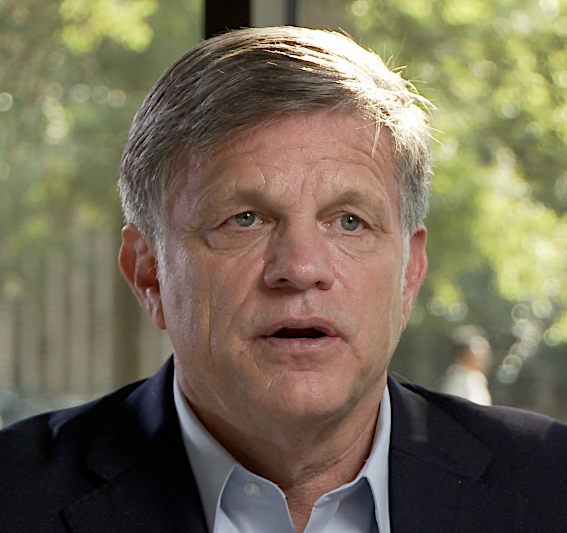
Rice History Professor and renown author of books about important currents in American history, Douglas Brinkley, spoke to us for for "Calming the Waters" in September.
His most recent book, Silent Spring Revolution, the third in a series about the history and evolution of the American environmental movement, examines the importance of Rachel Carson’s award winning book, Silent Spring. It was a seminal work, revealing the impact dealt by artificial chemicals, specifically DDT and launching an eco-revolution. Ultimately, Carson’s work would inspire landmark legislation during the administrations of Lyndon Johnson and Richard Nixon as well as the first Earth Day on April 22, 1970.
Mr. Brinkley’s book closely parallels the education and activism of Jim Blackburn who began his career in law close to the time of Earth Day, Jim's career grew as the new subset of law called environmental litigation matured. Hiss early initiatives started with research about development and the environment. His first job was working with George Mitchel to craft a new concept called The Woodlands. Mitchel envisioned working with nature rather than destroying it to construct homes and commercial buildings and The Woodlands arose in and among the piney woods north of Houston,.
When there was more awareness of the impact of pollution on the environment and health of the community, Jim’s worked became more focused on battling the industry and urban development that threatened Texas. And when it came in fashion, he began to “sue the bastards” for their careless destruction of these delicate habitats and coastal resiliency.
Eventually, especially after the TAP (Texas Aransas Project) litigation, Jim realized that litigation could only go so far to make lasting change in environmental protection. Thus began his journey to find the middle way to win environmental battles, that may be ushering in… the next eco-revolution?


